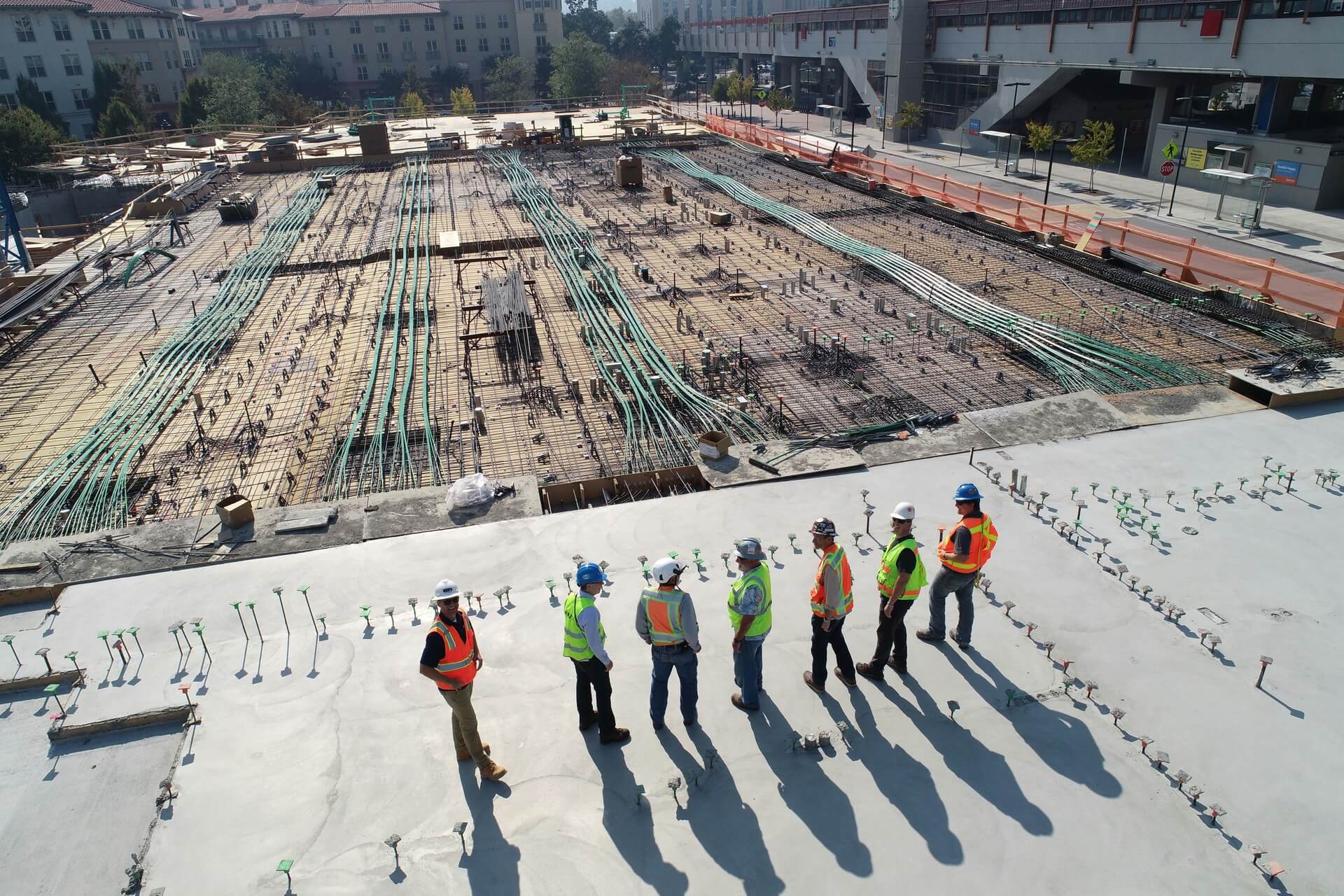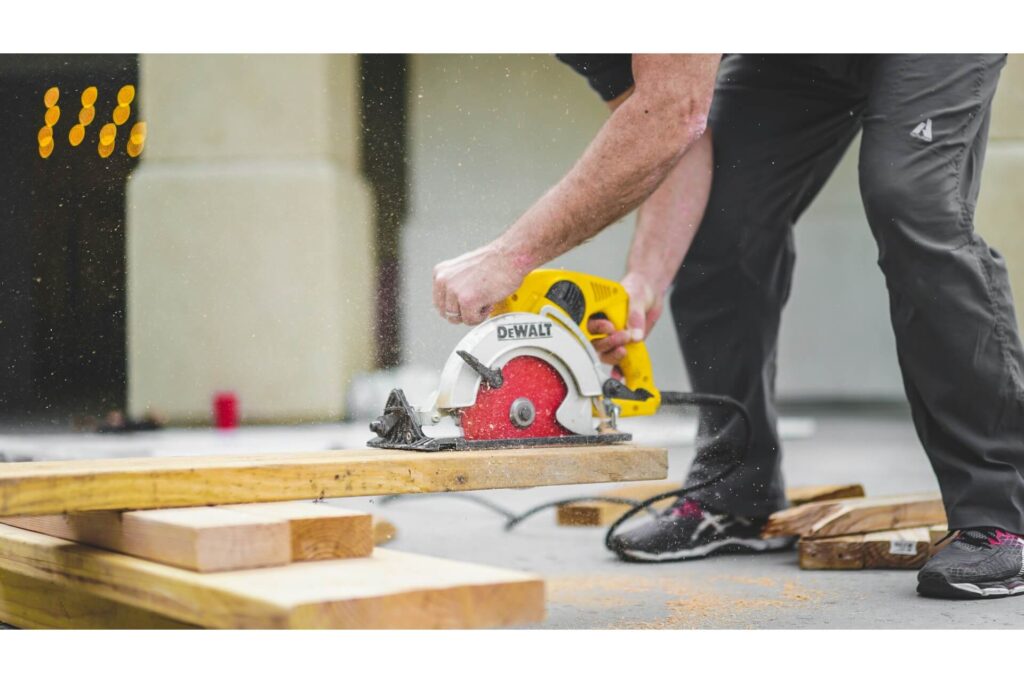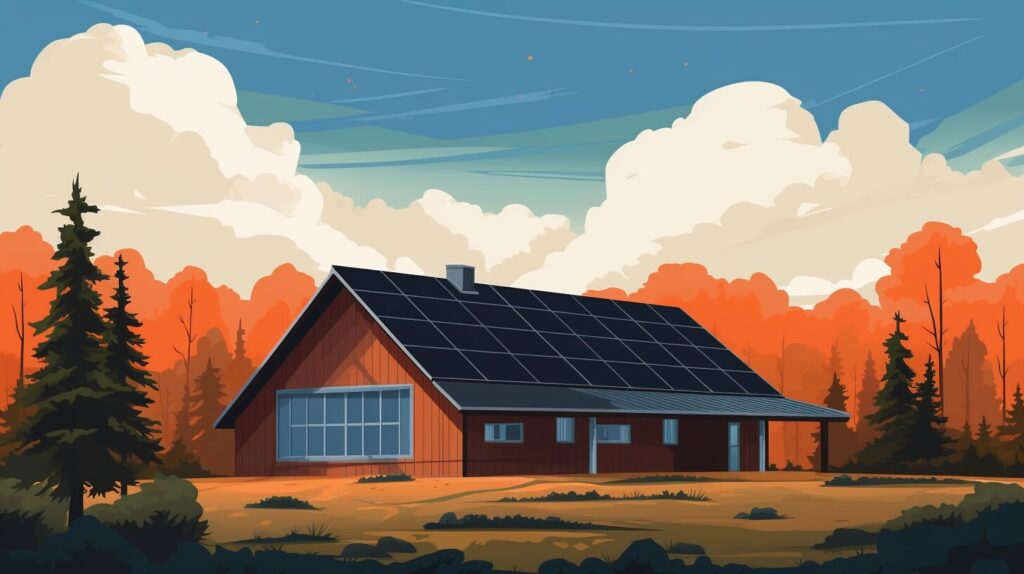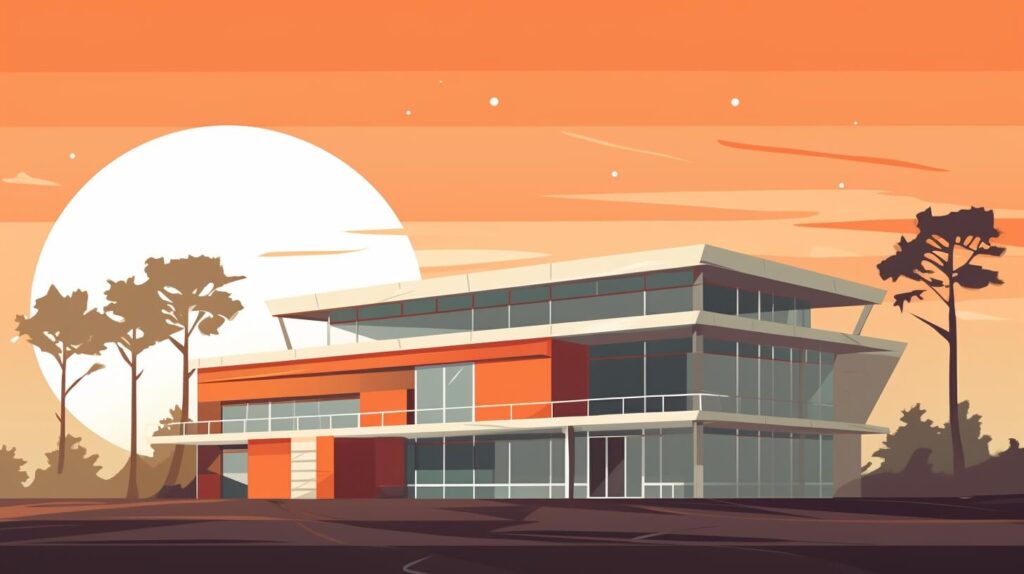Waste Reduction and Resource Efficiency: Twin Pillars of Sustainable Construction

We are reader-supported. When you buy through links on our site, we may earn an affiliate commission.
Sustainable construction is a smarter way to build, renovate and design homes. With rising material costs and increasing environmental concerns, waste reduction and resource efficiency are essential for homeowners, builders and DIYers looking to create high-quality, eco-friendly spaces.
Construction and renovation projects generate massive amounts of waste, from excess materials to discarded packaging. At the same time, inefficient resource use can drive up costs and carbon footprints. By implementing sustainable building practices, you can minimize waste, optimize materials and boost your home’s value. Explore how waste reduction and resource efficiency work together to support sustainable construction.
Understanding Waste Reduction and Resource Efficiency
Sustainable construction depends on two key principles: waste reduction and resource efficiency. While they overlap, each plays a distinct role in minimizing environmental impact and cutting costs.
Waste reduction focuses on limiting discarded materials during construction, renovation or demolition. This includes:
- Preventing excess waste through better planning.
- Reusing and recycling materials.
- Reducing packaging waste from suppliers.

Resource efficiency ensures materials, energy and water are used effectively, reducing long-term costs. Key strategies include:
- Selecting durable, sustainable materials.
- Incorporating energy-efficient design.
- Conserving water through smart fixtures and landscaping.
By combining waste reduction with resource efficiency, homeowners, builders and DIYers can create greener, more cost-effective spaces.
Effective Waste Reduction Strategies for Eco-Friendly Building Projects
Reducing waste in construction starts with smart planning and mindful material use. Whether renovating a home, building from the ground up, or tackling a DIY project, these strategies can help minimize waste and environmental impact.

1. Plan Ahead to Prevent Waste
Careful planning reduces excess materials and unnecessary costs. This includes:
- Accurate measurements to avoid over-ordering.
- Detailed project timelines to prevent rushed, wasteful decisions.
- Selecting materials wisely to ensure quality and longevity.
2. Use Reclaimed and Recycled Materials
Reclaimed wood, salvaged bricks and recycled steel reduce waste and add character to a project. Many suppliers offer high-quality recycled materials that meet modern construction standards.
3. Store Materials Properly
Poor storage leads to damaged materials that go to waste. Keep lumber, drywall and other materials covered and off the ground to prevent moisture damage and warping.
4. Deconstruct Instead of Demolish
Instead of tearing down structures and sending debris to landfills, salvage usable materials like doors, cabinets and fixtures. Organizations like Habitat for Humanity accept donations, keeping valuable materials in circulation.
By implementing these waste reduction techniques, homeowners and builders can lower costs, reduce landfill waste and contribute to more sustainable building practices.
Resource Efficiency Strategies in Sustainable Construction
Maximizing resource efficiency ensures that materials, energy and water are used effectively throughout a building project. Whether constructing a new home, renovating, or making small upgrades, these strategies can help reduce waste and improve sustainability.

1. Choose Durable, High-Performance Materials
Investing in long-lasting materials reduces replacement needs and prevents waste. Look for:
- Sustainably sourced wood like bamboo or reclaimed timber.
- Recycled materials such as composite decking or recycled steel.
- Low-maintenance options like fiber cement siding, which resists rot and pests.
2. Optimize Material Use with Smart Design
Efficient design minimizes excess material use. Consider:
- Modular and prefabricated components that reduce on-site waste.
- Standardized measurements to avoid unnecessary offcuts.
- Multi-functional spaces that maximize square footage.
3. Implement Energy-Efficient Building Techniques
Reducing energy consumption starts with design and construction choices:
- High-quality insulation to cut heating and cooling costs.
- Energy-efficient windows and doors to reduce drafts.
- Passive solar design to take advantage of natural light and warmth.
4. Conserve Water with Smart Solutions
Water-efficient features lower utility bills and environmental impact:
- Low-flow fixtures for sinks, showers and toilets.
- Rainwater harvesting systems for irrigation.
- Drought-resistant landscaping to reduce outdoor water use.
By integrating these resource efficiency strategies, homeowners and builders can create eco-friendly homes that are both cost-effective anf environmentally responsible.
The Role of Circular Economy in Construction
The circular economy shifts construction away from a “take, make, waste” model toward one that maximizes reuse, recycling and sustainability. Instead of discarding materials after a single use, this approach keeps them in circulation, reducing waste and lowering costs.
1. Designing for Reuse and Longevity
Adaptable layouts, modular components and durable materials extend a building’s lifespan and minimize construction waste. Reclaimed wood, repurposed bricks and modular systems support long-term sustainability.
2. Closing the Loop with Recycled Material
Recycled concrete, steel and glass reduce demand for new raw materials while supporting waste management in construction. These materials lower environmental impact and cut costs.
3. Sustainable Demolition and Material Recovery
Instead of demolishing structures, deconstruction salvages usable materials like cabinetry, fixtures and insulation. This makes construction waste reduction techniques more effective and environmentally friendly.
Frequently Asked Questions
1. What are the best ways to achieve waste reduction in construction?
The most effective waste reduction strategies include careful planning, using reclaimed or recycled materials, properly storing supplies to prevent damage and opting for deconstruction instead of demolition.
2. How do resource efficiency strategies benefit homeowners and builders?
Resource efficiency reduces material costs, lowers utility bills and extends the lifespan of buildings. It also enhances energy efficiency, creating a more comfortable and sustainable home.
3. What are some innovative solutions or waste reduction and resource efficiency?
Emerging solutions include 3D-printed building components, modular construction, and AI-driven material planning, all of which help minimize waste and optimize resources.
4. How can you measure resource efficiency in construction projects?
Metrics like material yield, energy consumption and water efficiency can help track resource efficiency. Certifications like LEED or ENERGY STAR also assess sustainability performance.
5. What’s the difference between waste reduction and resource efficiency in building design?
Waste reduction focuses on minimizing discarded materials, while resource efficiency ensures that all inputs are used most effectively. Together, they create a more sustainable construction process.
Less Waste, More Taste
Waste reduction and resource efficiency are essential pillars of sustainable construction, benefiting homeowners, builders and the environment. By minimizing waste and optimizing materials, you can lower costs, reduce landfill contributions and create long-lasting, eco-friendly spaces.
Whether planning a home renovation, taking on a DIY project, or building from the ground up, adopting sustainable practices makes a lasting impact. Small changes can collectively lead to greener, most cost-effective homes.







